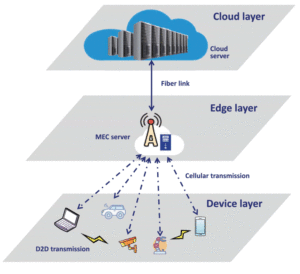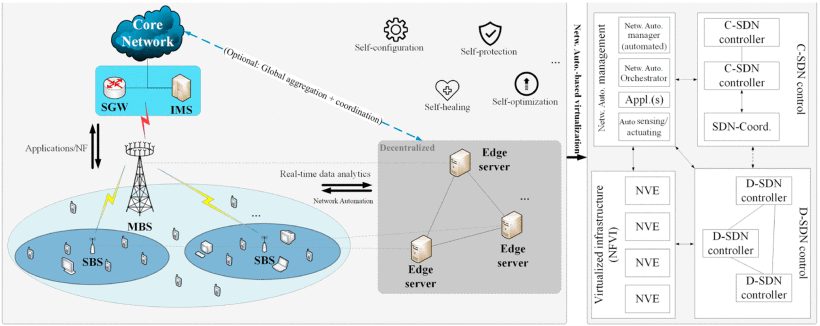The adoption of the Industrial Internet of Things (IIoT) has increased globally, accelerated by the pandemic when manufacturers faced supply chain issues and workforce shortages. Utilizing machine learning (ML), AI, and big data, IIoT’s potential to increase global production, support remote operations, and optimize manufacturing and analytics are vital to today’s businesses. In fact, according to Expert Market Research, the global IIoT market attained a value of US$76.4 billion in 2021 and is expected to reach US$113.3 billion by 2027.
The IEEE Xplore digital library brings you access to the latest advancements and breakthroughs in IoT. We have highlighted two recent articles:
Utilizing Edge Computing in the IIoT
With the rapid development of the Industrial Internet of Things (IIoT), numerous devices have been connected to the network to realize various advanced applications, such as intelligent transportation, pollution monitoring, and smart grid. These computational-intensive applications often require an extended battery capacity and unconstrained computing resources. To address this challenge, in an article in the IEEE Internet of Things Journal, researchers propose a multiagent deep reinforcement learning (MADRL)-based computation offloading method for cloud–edge–device computing, which aims to meet various requirements of different tasks.

Illustration of a cloud–edge–device system.
The proposed model considers two typical types of tasks: latency-sensitive and energy-sensitive. Each type of task can be executed in one of the three layers (cloud, edge, or device layer). In addition, in the MADRL model, two agents are defined to make global offloading decisions for the two types of tasks according to the task characteristics and network resource status. The experimental results show that the proposed model can guarantee the quality of service in a heterogeneous IIoT system and achieve better system performance in terms of latency and energy consumption than weighted-sum optimization methods. Future work will consider communication and computation resource allocation.
>> View the full-text article on IEEE Xplore. Full article available with purchase or subscription.
The Future of IIoT
Industrial Internet-of-Things (IIoT) has witnessed the prosperity of network automation technologies, which highly relies on the introduction of network virtualization, artificial intelligence (AI), and distributed computing resources. The promised massive communications in 5G have fueled network automation to be proliferated as one of the most state-of-the-art research domains in Industry 4.0. In an article in IEEE Transactions on Industrial Informatics, researchers comprehensively overview the state-of-the-art network automation technologies, standardizations, and corresponding impact on IIoT of Industry 4.0.

Generic architecture of network automation, based on IIoT.
Noted in the article is that the primary goal of Industry 4.0 falls into “how to maximize productivity” instead of “how to maximize the satisfaction of humans.” In contrast, humans are predicted to be at the center of Industry 5.0—which will play an important role in environmental conservation, preservation of resources, and social sustainability, while maintaining high productivity. The authors forecast the next-generation network automation development toward 6G-based Industry 5.0. The article outlines four predicted outcomes of Industry 5.0: Human-machine interaction, Environment sustainability, Pervasive AI, and Harmony of productivity and demands. The authors also discuss the potential challenges and opportunities when deploying the next-generation network automation on the IIoT.
>> View the full-text article on IEEE Xplore. Full article available with purchase or subscription.
These are just two recent examples of the thousands of articles available within the IEEE Xplore Digital Library related to IIoT.
Interested in acquiring full-text access for your entire organization? Full articles available with purchase or subscription. Contact us to see if your organization qualifies for a free trial.





